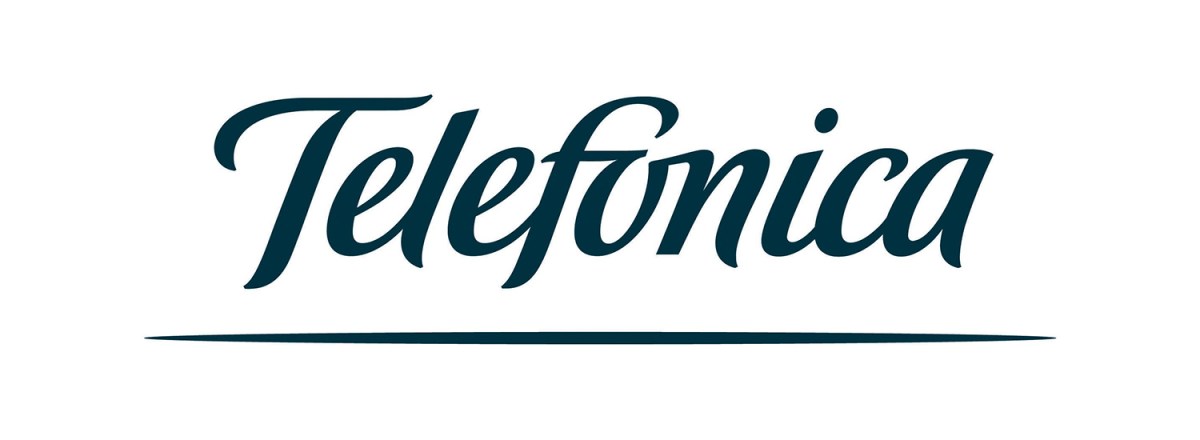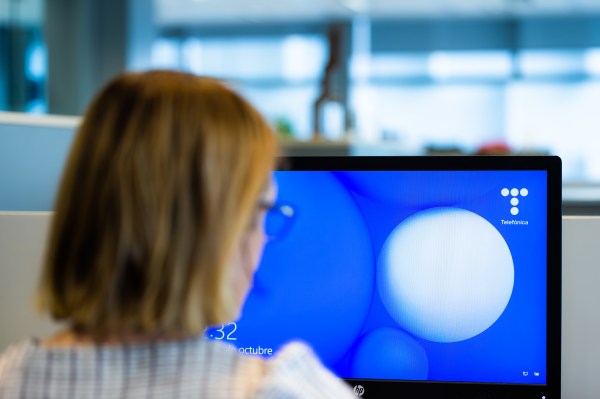There is a lot of people talking about Climate Change. A lot of people looking for solutions (they said so). But there not so many people who flag up the ICT sector as one of the most powerful tool to reduce emissions, to reduce the cost of energy and to create new jobs in Europe.
In this post, I will try to highlight how the ICT sector is in the centre of the solution of Climate Change. It is true that ICTs (including PC, monitors, routers, devices and telco) will contribute up to 3% of total global CO2 emissions by 2020. But it is also true that this sector has the potential to positively impact other industries through the development of energy-efficient devices, applications and networks.
How important is this positively impact? The figures are amazing. New ICT solutions present an opportunity to reduce five times the sector own emissions. This potential of the ICT Sector is equivalent to 7,8 GTn CO2, or 15% of the total world emissions predicted by 2020*.
ICTs, in the centre of the solution to save money
Please, let me put focus on money savings. The Smart 2020 report told us that ICT sector can reach 600 billion euros savings in Europe by 2020. There are several examples of how ICTs can improve energy productivity and energy efficiency:
- Smart grids in the electricity sector: is a set of software and hardware tools that enable generators to route power more efficiently. Smart grids use demand control signals via smart meters and appliances to reduce peak demands thereby lowering overall energy usage. This system requires a stable and standardized communication that can be provided by ICT companies and especially with M2M connections. By 2020, these types of technologies could reduce greenhouse-gas emissions by some 2 billion tonnes (“SMART 2020”)
- Smart buildings: By using ICT, lighting systems can be managed so that they are not switched on when there is nobody in a room. Globally, “smart buildings” could enable 1.68 billion tonnes of greenhouse-gas emissions to be saved (“SMART 2020”).
- Smart transport and logistics: ICTs are becoming an ever larger component and can make fuel consumption more efficient. Satellite navigation systems can find the best routes, saving both time and fuel. The use of ICTs for the electric vehicle penetration is critical, for example with the automatic control of charging and payment methods through mobile phones. In terms of emissions, the implementation of energy efficiency activities in this sector could lead on emissions reductions of 1,52 GtCo2 by 2020 equivalent to 280 billion euros savings (“SMART 2020”).
ICTs, in the centre of the solution to create green jobs
Green technologies offer the possibility of new green jobs. Businesses and countries that fastest respond to new developments of ICT products and services for energy efficiency will generate of course business opportunities and jobs that have to be assessed on a country basis.
There are some good examples. U.S Government investments of $16 billion or more in smart grid incentives could result in the creation of up to 280,000 new jobs in the US, with 150,000 being created in the first year alone**. This number doesn’t include the industries outside of the utility sector that would flourish because of smart grid, including: Renewable generation companies, such as solar panel manufacturers; Automobile manufacturers that produce electric cars; Smart appliance manufacturers.
In Australia, research shows that adoption of smart grids throughout electricity markets could generate nearly 18,000 jobs and grow the Australian GDP by $16 billion. In London, the deployment of energy-cutting digital networks would create and maintain 700,000 jobs in the UK.
So, the thesis is clear: ICT are in the centre of the solution of Climate Change. The problem is that not everybody thinks so. So far. I hope
*Smart 2020 Report and the ITU/GESI Report “Using ICT to tackle climate change”
**KEMA report, GridWise Alliance)








